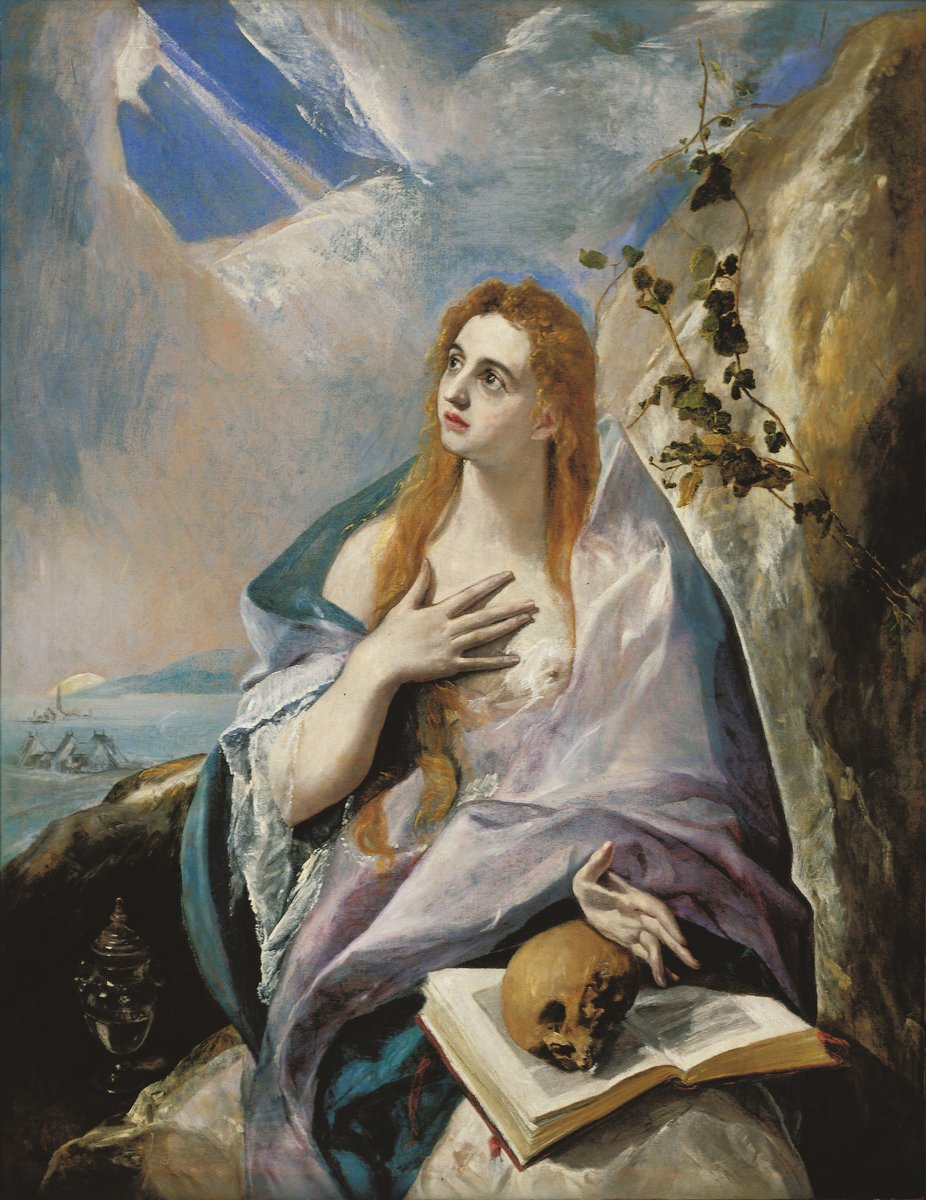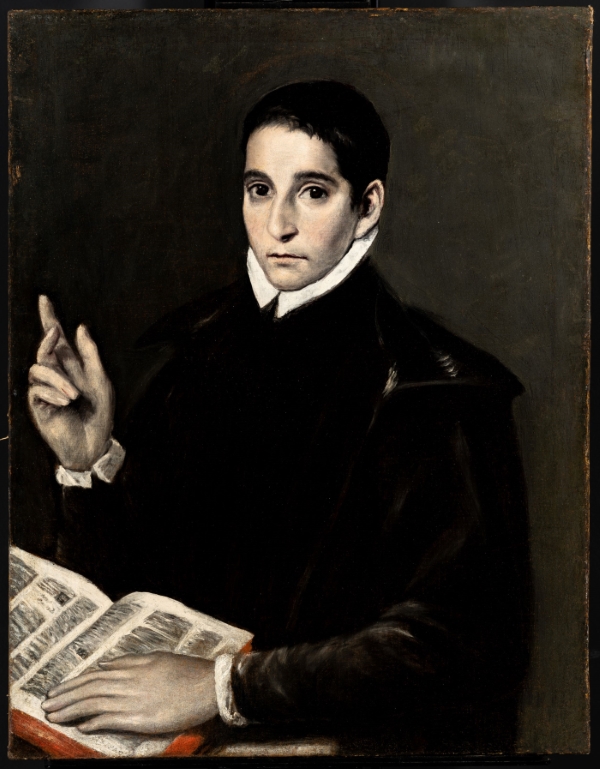
The Penitent Mary Magdalene
Old Master Paintings
The permanent exhibition of the Museum of Fine Arts has been enriched with a special masterpiece by El Greco that has some Hungarian connection. Thanks to the MOL – New Europe Foundation, the painting titled Portrait of Saint Aloysius Gonzaga has entered the museum. This prominent piece, purchased at Christie’s auction this June for 3.6 million USD, is the sixth autograph work by El Greco in the internationally acclaimed Spanish collection of the Museum of Fine Arts. In the early twentieth century, the painting (now placed at the museum as a long-term deposit) was owned for a few years by the renowned Hungarian art collector Marcell Nemes but later it was sold at an auction in Paris in 1913. Thus, the recent purchase has made it possible for the masterpiece to return to Hungary after more than one hundred years.

El Greco (Domenikos Theotokopoulos): Portrait of Saint Aloysius Gonzaga, ca. 1583 Oil on canvas, 74 × 57 cm
The recently purchased half-length portrait depicting Saint Aloysius Gonzaga (1568–1591) was one of the first pictures El Greco painted after arriving in Spain. Luis de Gonzaga, a young man born into an Italian noble family, committed himself to serving the church at a very early age. In his adolescent years from 1581 to 1584, he lived in Spain, where he was employed by the royal family: he was the pageboy of Prince Don Diego. After the prince’s death he accompanied one of the his relatives, Friar Francesco di Gonzaga, at the Franciscan chapter held at San Juan de los Reyes Monastery in Toledo, and it was probably at this time, in 1583, that El Greco painted the half-length portrait of the young man in a black coat and gown. While the clothes refer to the Jesuit attire, the painter also used other tools to emphasise the young man’s deep religious dedication. He juxtaposed the sitter’s young age and shy seriousness with his determination, which is present in his suggestive look as well as in his gesture: while he rests his left hand on the thick volume he was reading, he raises the index finger of his right hand as if blessing or asking for heavenly intervention. After returning home to Italy, Louis de Gonzaga joined the Jesuit Order in 1585, and he was barely twenty-three when he passed away. He was beatified in 1605, four years after his death. In 1726, Pope Benedict XIII declared him to be the patron saint of young students, and in 1926, he was named patron of all Christian youth by Pope Pius XI.
The earliest solid piece of information in connection with the portrait, with both the sitter and the artist clearly identified, dates from 1767, when the picture decorated the grand staircase of the Colegio de San Pablo in Granada, which belonged to the Jesuit Order at the time. In the eighteenth century, the painting was transferred to the Comendadoras de Santiago Monastery in Granada. In the twentieth century it entered several private collections, including that of Marcell Nemes, which was possibly the most significant private collection in Hungary at the turn of the century. In the early 1910s Nemes offered this portrait, along with other masterpieces, for purchase by the Hungarian state and the capital’s leadership. Unfortunately, neither took up his offer of utmost importance in museum history, so numerous pieces of his unrivalled collection were sold at a Parisian auction in 1913.
The portrait will debut at the major El Greco exhibition opening at the Museum of Fine Arts on 28 October. This exhibition of more than fifty works by the Cretan-Spanish master is the first comprehensive show of El Greco’s oeuvre to be held in Budapest. The exhibition aims to provide a broad overview of El Greco’s work, presenting the full formal complexity of his art and its sweeping stylistic development.